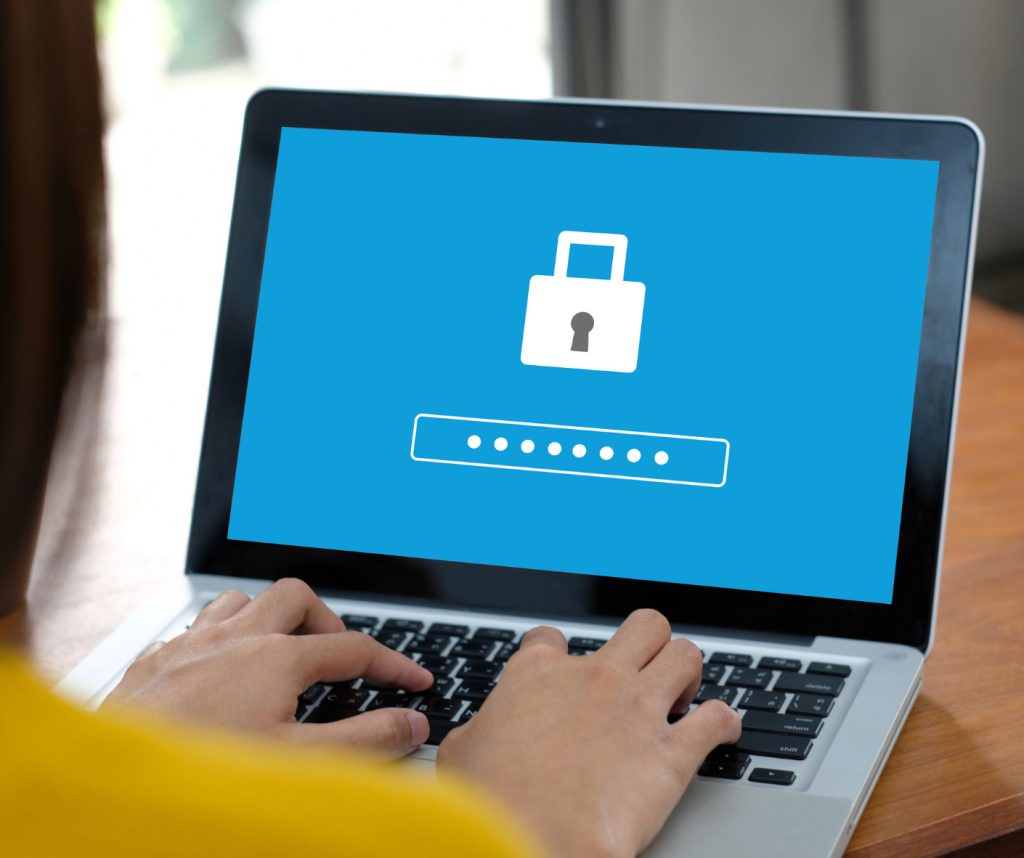In today’s digital world, having secure passwords is crucial. Whether you’re checking your email, online banking, or shopping on the internet, strong passwords help protect your personal information from theft. However, managing multiple passwords can be challenging, especially if you’re not tech-savvy. This blog post offers practical advice for seniors on how to create, store, and manage passwords safely and efficiently.
Understanding the Importance of Strong Passwords
Passwords are like keys to your online accounts. They keep your information safe from unauthorized access. Using simple or common passwords, such as “123456” or “password,” makes it easy for hackers to break into your accounts. Once inside, they can steal your personal information, like your name, address, and even financial details.
Creating strong passwords is your first line of defense against cybercriminals. A strong password is unique and not easily guessed. It usually includes a mix of letters, numbers, and symbols. The more complex your password, the harder it is for someone to hack into your account.
Creating Strong Passwords
Creating strong passwords doesn’t have to be complicated. Start by thinking of a phrase or a sentence that is meaningful to you but not obvious to others. For example, “I love gardening in the spring.” You can use the first letters of each word to form a password, like “ILGiTS.” To make it stronger, add numbers and symbols, such as “ILGiTS2024!” This combination makes it much harder for anyone to guess.
Avoid using easily accessible information like your birthday, family names, or common words. Hackers often use these details to try and crack passwords. Instead, think of something unique that only you would know.
Storing Your Passwords Safely
Once you’ve created strong passwords, the next challenge is remembering them. It’s tempting to use the same password for multiple accounts, but this can be risky. If one account gets hacked, all your other accounts are at risk too. It’s best to use different passwords for each account.
You might wonder how to keep track of all these passwords. Writing them down in a notebook can be risky if the book gets lost or stolen. A better solution is to use a password manager. This is a tool that stores and organizes your passwords securely. With a password manager, you only need to remember one master password to access all your other passwords.
Using a Password Manager
A password manager is like a digital vault for your passwords. It stores them in an encrypted format, making it very difficult for anyone else to access them. Many password managers also have features that help you generate strong, unique passwords and automatically fill them in when you log into websites.
Using a password manager is straightforward. First, choose a reputable password manager that suits your needs. There are many options available, both free and paid. Once you’ve chosen one, set up your master password. This should be strong and memorable because it’s the key to all your other passwords.
After setting up your password manager, you can start adding your passwords. Most password managers allow you to import passwords from your web browser or manually enter them. As you visit different websites, the manager can prompt you to save new passwords or update existing ones.
Avoiding Common Password Mistakes
Even with a password manager, it’s important to avoid some common mistakes that can compromise your security. One common mistake is using the same password for multiple accounts. As mentioned earlier, this can put you at risk if one account is breached.
Another mistake is sharing your passwords with others. Even if you trust someone, sharing passwords can lead to unintended security risks. If you need to share access, consider setting up a separate account or using a shared password manager with restricted access.
It’s also crucial to be cautious about where you enter your passwords. Always make sure you’re on a secure website before entering your login details. Look for “https://” at the beginning of the URL and a padlock icon in the address bar. This indicates that the site uses encryption to protect your information.
What to Do if You Forget a Password
Forgetting a password can be frustrating, but it happens to everyone. If you forget a password, most websites offer a password reset option. This usually involves receiving a link or a code via email or text message to reset your password.
When resetting a password, make sure to choose a new, unique password. Avoid using old passwords or slight variations of them, as this can still leave you vulnerable to hacking. If you’re using a password manager, update the stored password immediately.
Staying Informed About Online Security
The world of online security is always changing, and new threats can emerge. Staying informed about these threats can help you protect your personal information. Many websites and organizations offer resources and tips on cybersecurity.
Consider subscribing to newsletters or following reputable tech websites for the latest news and advice. If you’re unsure about an email or a website’s authenticity, take a moment to verify it before clicking on any links or entering your information. Being cautious and informed can go a long way in keeping your online experience safe and secure.
Conclusion
Managing passwords safely is an essential part of protecting your personal information online. By creating strong, unique passwords and using tools like password managers, you can keep your accounts secure without the stress of remembering everything. Avoid common mistakes like reusing passwords and sharing them with others, and always be cautious about where you enter your information.
Remember, it’s never too late to start improving your online security habits. Taking these steps can help you enjoy the benefits of the digital world with peace of mind. Stay safe, stay informed, and make your online experience both enjoyable and secure.

